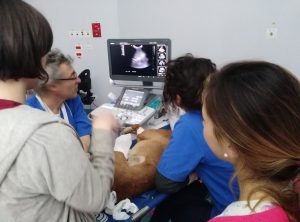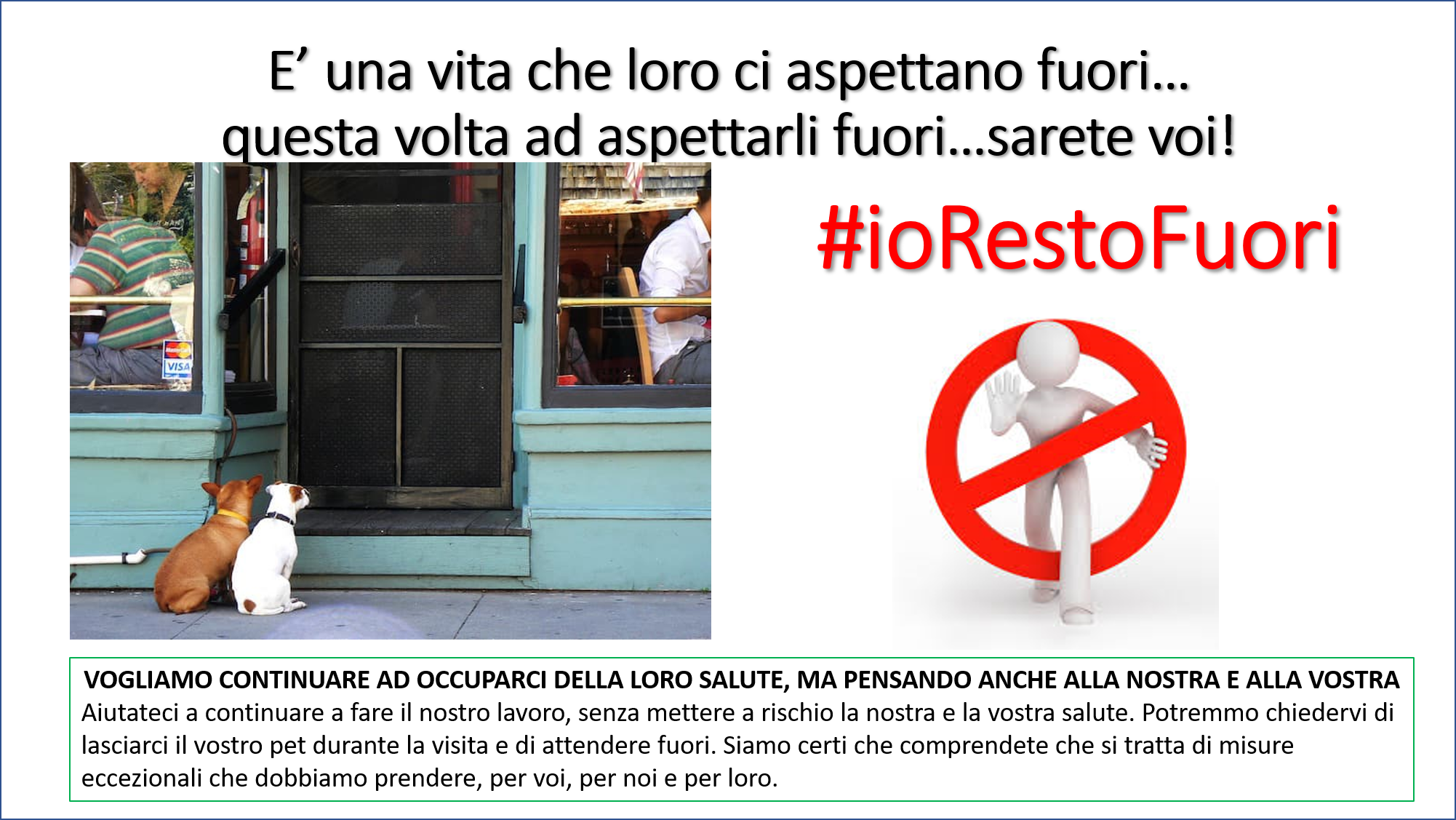Multidetector-row computed tomography: technical basics and preliminary clinical applications in small animals
Bertolini G1, Prokop M.
Multidetector-row computed tomography: technical basics and preliminary clinical applications in small animals
Vet J. 2011 Jul;189(1):15-26. doi: 10.1016/j.tvjl.2010.06.004. Epub 2010 Jul 14.
Abstract
Multidetector-row computed tomography (MDCT), a recent breakthrough in computed tomography (CT) technology, is increasingly available in veterinary practice. The main advantage of MDCT over previous CT generations is the ability to acquire thin-section data from a scan volume within a short scan time. The relationship between speed and section thickness has been doubling roughly every 2 year in the past decade, resulting in markedly increased speed of scanning and superb image quality. Datasets obtained from MDCT scanners can be displayed as volume using computer workstations. Given the shorter scanning time and the higher image quality, there is vast potential for new applications of MDCT in small animal imaging. This article provides an overview of the technical basis of MDCT and discusses the current applications of its use in small animals, namely angiographic studies, abdominal, thoracic, and whole-body applications, and in vivo anatomy studies






 Il Direttore Sanitario Dott. Marco Caldin
Il Direttore Sanitario Dott. Marco Caldin